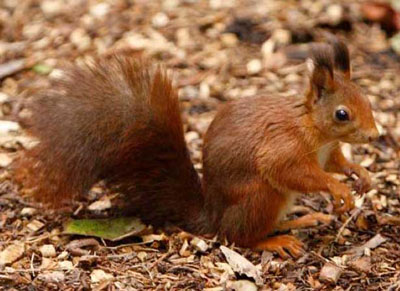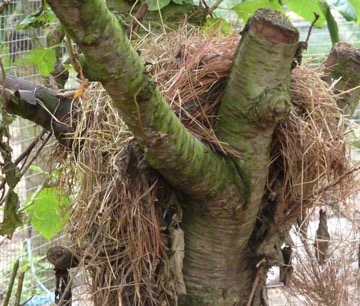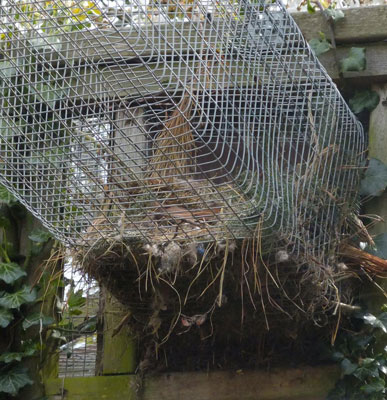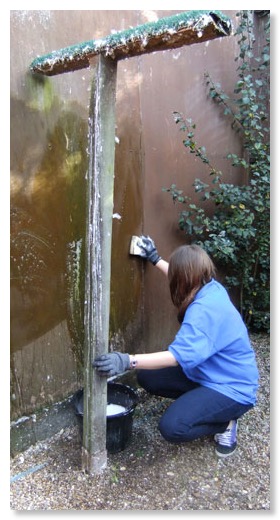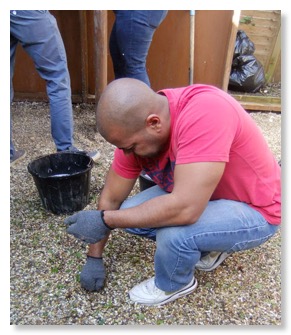Every year, the Suffolk Owl Sanctuary reviews its resident birds and considers the breadth of education and interest that they afford the visiting public.
On occasion, an opportunity will arise to include a new species with the collection which will add another dimension to the visitor experience. This may be a bird that will “couple up” with an existing resident in order to produce progeny and improve stock bloodlines or it may be an example of a bird whose status is such that it is of value to the conservation remit of the sanctuary.
Last October, we were contacted with news that a Hooded Vulture based at a raptor centre in Hampshire was available. The bird was 5 years old and had been coupled with a male vulture which had subsequently died. The centre in question decided against acquiring a new mate for the bird and abandoned their intention to breed from her.
Vera the Hooded Vulture surveys her new home from inside a spacious aviary
Our general manager, Maz, was quick to seize the opportunity to acquire this exciting bird, knowing that visitors would be keen to experience her at close quarters and that the current Critically Endangered status of the Hooded Vulture necessitated our involvement in the protection and possible breeding of this threatened species to help re-populate stocks.
Newcomer Vera duly arrived at the sanctuary last autumn and has settled quickly into her new accommodation. An instant hit with visitors, due to her iconic, bald vulture head and legs, Vera will not be taking part in flying displays, but our intention is to partner her with a new mate in the hope that breeding can begin. Hooded Vultures lay only one egg during their breeding season, so the successful rearing of a youngster would be a real achievement for the pair.
Vera illustrates the typical posture that gives the species it's name
We're hopeful that Vera’s arrival will help to raise the profile of these unique birds and that in the fullness of time, progeny raised at the sanctuary will contribute in some small way towards the recovery of the population from their steep decline of recent years.
The Hooded Vulture is a scavenger, feeding on carcasses of dead animals and rotting rubbish - it is not afraid of humans and in it’s native Africa, it will gather around sites of human habitation to feed on food waste. As a consequence, numbers have become decimated through poisoning and hunting as well as habitat loss and degradation of habitat. One of the smaller vultures, the Hooded Vulture is also one of the less powerful - it’s beak is relatively weak compared to a Gyps vulture and requires that food or flesh be well rotted before it can feed.
We hope that Vera will spend many years endearing herself to visitors and helping us to fulfil our commitment to the conservation of endangered species, both native and worldwide.










































